 Building Self-Regulation in Children with Autism, ADHD, or Sensory Disorders from Amanda Bartel
Building Self-Regulation in Children with Autism, ADHD, or Sensory Disorders from Amanda Bartel
More information about Medical:
Medicine is the science and practice of establishing the diagnosis, prognosis, treatment, and prevention of disease.
Medicine encompasses a variety of health care practices evolved to maintain and restore health by the prevention and treatment of illness.
Contemporary medicine applies biomedical sciences, biomedical research, genetics, and medical technology to diagnose, treat, and prevent injury and disease,
typically through pharmaceuticals or surgery, but also through therapies as diverse as psychotherapy, external splints and traction, medical devices, biologics, and ionizing radiation, amongst others.
Medicine has been around for thousands of years, during most of which it was an art (an area of skill and knowledge) frequently having connections to the religious and
philosophical beliefs of local culture. For example, a medicine man would apply herbs and say prayers for healing, or an ancient philosopher and physician would apply bloodletting according to the theories of humorism.
In recent centuries, since the advent of modern science, most medicine has become a combination of art and science (both basic and applied, under the umbrella of medical science).
While stitching technique for sutures is an art learned through practice, the knowledge of what happens at the cellular and molecular level in the tissues being stitched arises through science.
Outline:
SENSORY PROCESSING
- Nervous System
- Building blocks for learning
- The 7 senses
- Posture
- Body image
- Laterality
- Directionality
BRAIN FUNCTION/DYSFUNCTION
- Modulation
- Self-Regulation
- Discrimination
AUTISM – DSM-5® DEFINITION
- Case study 1: Matt
- Matt’s 7 senses
- Self-regulation for Matt
SELF-REGULATION AND OTHER TREATMENT STRATEGIES FOR CHILDREN WITH AUTISM
- Picture schedule
- Carol Gray’s social stories
- Penny boards
- Sensory defensiveness…brushing, exposure to various textures
- Gravitational insecurity strategies
- Vestibular strategies
- Proprioceptive strategies
ATTENTION DEFICIT/HYPERACTIVITY DISORDER – DSM-5® DEFINITION
- Case study 2: Carey
- Carey’s 7 senses
- Self-regulation for Carey
SELF-REGULATION AND OTHER TREATMENT STRATEGIES FOR CHILDREN WITH ATTENTION DEFICIT/HYPERACTIVITY DISORDER
- The Alert Program
- 10-Step behavior chart
- Other behavior charts
- Vestibular strategies
- Proprioceptive strategies
- Oral-motor input strategies
ADDITIONAL AREAS OF CONCERN WITH SELF-REGULATION
- Anxiety
- Trauma
- Case study 3: Lee
- Lee’s 7 senses
- Self-regulation for Lee
FURTHER THERAPEUTIC TECHNIQUES FOR SENSORY PROCESSING DISORDERS
- Oral motor strategies
- Strategies for dealing with anxiety
- Therapeutic listening
- Interactive metronome
- Vestibular input strategies
- Proprioceptive input strategies
- Pica
- Toe walking
- Head banging
- Chewing on clothing, pens, paper
ASSESSMENT TOOLS FOR SENSORY PROCESSING DIFFICULTIES SENSORY DIET AND HOME PROGRAM USING THE iPAD AS PART OF TREATMENT
- Motivation
- Video modeling
- Calming Strategies
TEACHER/PARENT TOOLKIT
Description:
From classroom disruptions to earth-shaking tantrums, the challenging behavior of children who struggle with self-regulation takes many forms, often leaving parents, teachers, and therapists at a loss for how to help them succeed. As time passes without a solution, these children miss out on typical childhood experiences at school, at home with their families, and on the playground, with far-reaching developmental implications for adulthood. Take a trip inside the mind of the dysregulated child with this seminar and learn why it’s so hard to follow directions, control impulses, regulate emotions, and stay on task. Then we’ll show you how to address each of these concerns with skill-building strategies that really work.
Throughout the course, participants receive in-depth guidance for addressing and overcoming the core deficits of autism, ADHD, and other sensory processing disorders that contribute to dysregulated behavior. Learn how to use video and live behavior modeling, iPads, and the Alert Program to help children stay focused and receptive in any setting. Discuss sensorimotor strategies that support regulation in children who are at a more basic level of communication and interaction. Finally, in addition to all the tools and strategies you’ll learn today, you’ll also take home a guidebook full of step-by-step solutions that can be given to both teachers and parents for dealing with various sensory behaviors, along with fine and gross motor concerns.


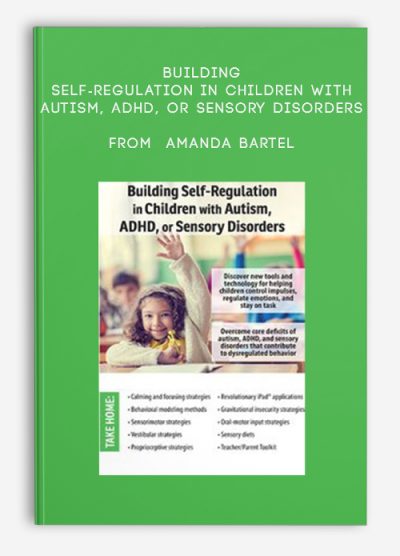


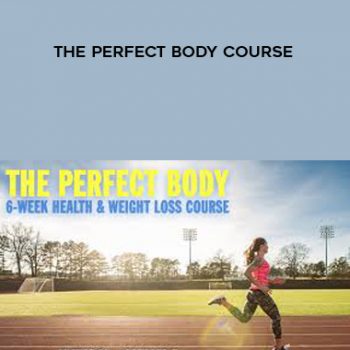

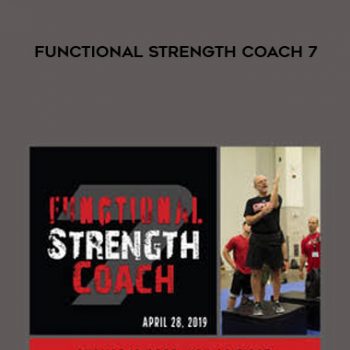


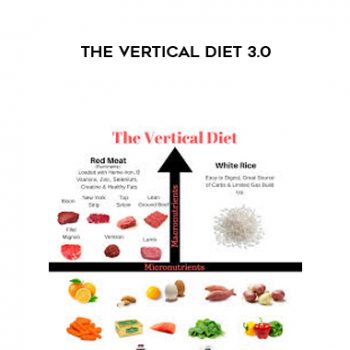
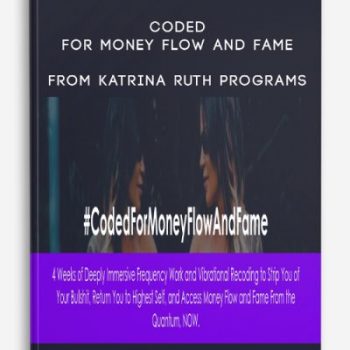
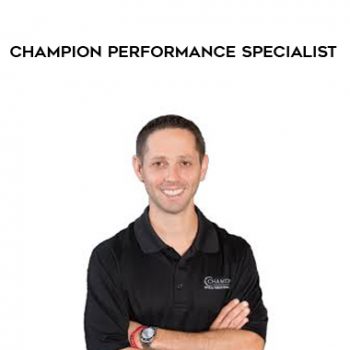
tristian –
This is Digital Download service, the course is available at Coursecui.com and Email download delivery.